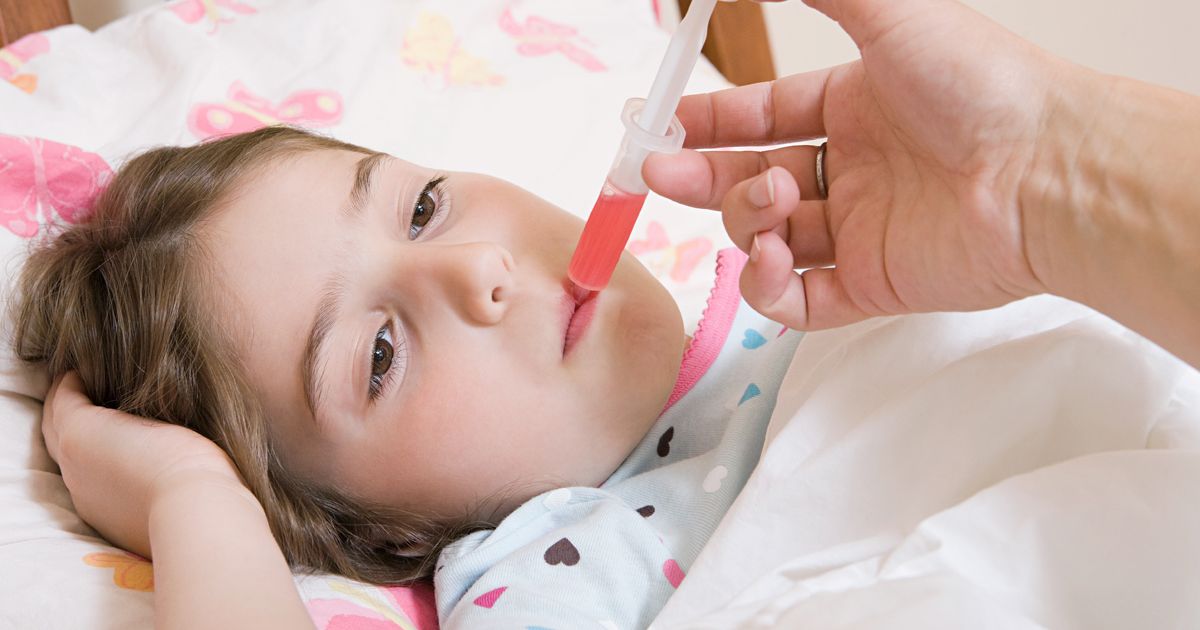Treatment Options For Impetigo
Impetigo, a common superficial bacterial skin infection, is highly contagious and primarily affects infants and children. Most often, impetigo is caused by Staphylococcus aureus, though group A beta-hemolytic streptococcus can also cause it. Ordinarily, the primary infection appears on the face, usually around the nose and mouth, as red sores. These sores burst, ooze for a few days, and then form yellow-brown honey-colored crusts, which are a characteristic sign of impetigo. Most commonly, this infection is seen during the warmer months. It is more common in children living in semi-tropical or tropical climates than in cooler regions. As well, impetigo is seen more often in children living in lower socioeconomic regions with poorer hygiene. A minor skin injury, such as a scratch or insect bite, can allow bacteria to enter through the broken skin, which can lead to impetigo. Get familiar with how to treat impetigo now.
Antibiotic Cream

Antibiotic cream is used to treat mild localized impetigo infections. The cream is applied directly on top of the sores. Since the cream is only applied where needed, it decreases the chance of antibiotic resistance occurring. It also avoids common gastrointestinal side effects that can occur when taking oral antibiotics, such as diarrhea and constipation. However, antibiotic cream does not come without its own side effects and can cause allergic reactions on the skin. The most common antibiotic cream physicians recommend is mupirocin two percent cream (Bactroban). Usually, the antibiotic cream is applied for seven days on the affected area.
Get familiar with the next method of treating impetigo now.
Oral Antibiotics

If the infection is quite large or using an antibiotic cream would be impractical, oral antibiotic therapy is another option for treatment. These antibiotics are also taken for seven days. Due to antibiotic resistance, erythromycin and penicillin are no longer routinely used to treat impetigo. However, resistance varies from region to region, and thus, healthcare providers should be aware of local resistance. The latest research suggests amoxicillin/clavulanate (Augmentin) and cephalosporins are both good options for treating impetigo infections. After twenty-four hours of taking the antibiotics, the infection is no longer considered contagious.
Learn more about how to treat impetigo now.
Use Of Nonstick Bandages

Using nonstick bandages are important to prevent the infection from spreading. Sores that have burst and are oozing should be kept covered with the bandages. Impetigo is highly contagious, and it is vital to keep the sores covered to prevent the infection from spreading from person-to-person. It is important to make sure the infected individual is constantly washing and drying their hands, especially after touching their sores or changing their bandages. Keeping fingernails short is also another way to prevent the infection from spreading further. If the child goes to school with the infection, it is vital to keep sores covered.
Continue reading to discover more impetigo treatment options.
Soak Skin In Hot And Soapy Water

Individuals should soak their skin in hot and soapy water to help battle the impetigo infection. As well, mixing one teaspoon of salt in six hundred milliliters of boiled water that has been cooled can be used to remove the honey-colored crusts. By gently using the salt and water mixture, the crusts can be removed to expose the bacteria underneath. The area should be soaked for fifteen to twenty minutes. Afterward, antibiotic cream can be applied to the infected area and covered with gauze or a bandage. This will help keep the affected area clean and prevent the infection from spreading.
Uncover more ways to treat impetigo now.
Use New Towels For Each Shower

Since impetigo is highly contagious, it is vital to use new towels for each shower. Also, body towels and face towels should be kept separate and washed each day. Since impetigo is highly contagious, it can be spread from one area of the body to another after touching an infected part. Furthermore, the impetigo infection can spread to other members of the household through used towels, bed sheets, or any clothing that has been in contact with the infected individual. Therefore, as a preventative measure, it is important to remember to wash all clothes, linens, and towels of the infected person daily.
